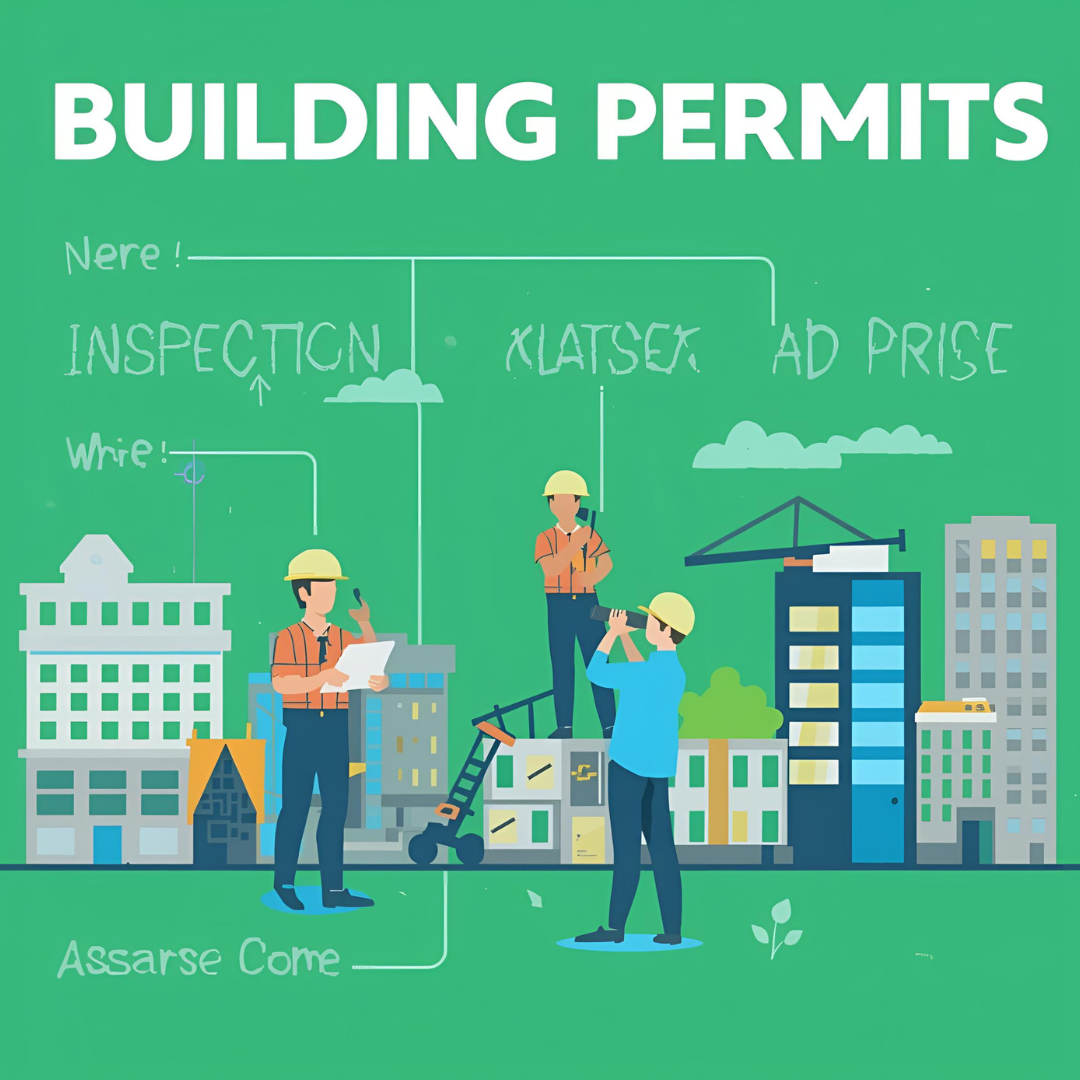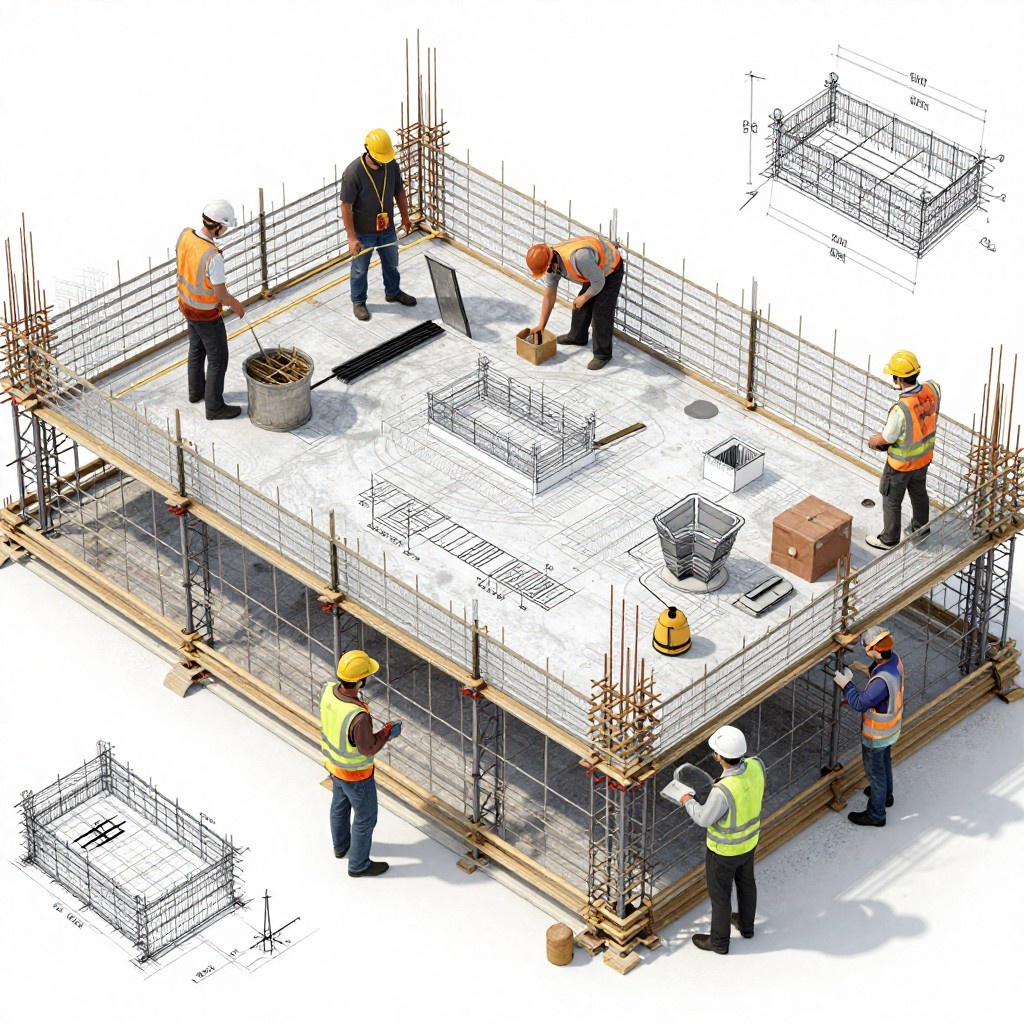Welcome to our exploration of the intricate world of architecture documentation. In the realm of design and construction, where precision and clarity are paramount, the art of documentation serves as the unsung hero, bridging the gap between vision and realization. Join us on a journey through the various stages of architectural documentation, from conceptual sketches to the meticulous construction documents that guide the hands bringing dreams to life.
What is the Architectural Design Process?
An efficient architectural design process is extremely important for the successful completion of a project in any good architecture firm. When everyone in the team follows a well-tested set of steps, there are fewer errors and delays, there's less duplicated effort, and the staff and customers feel more satisfied.In this article, we will explore the seven main design phases, namely :

- Pre-Design
- Schematic Design
- Design development
- Construction Documents
- Building Permits
- Bidding and Negotiation
- Construction Administration

Different Types of Architectural documentations and Their Purposes
1. Concept Drawings:
Purpose:
- Initial Design Exploration: Concept drawings are the first step in visualizing design ideas. They convey the initial concepts and overall vision for the project.
- Client Communication: Used to communicate design concepts to clients and stakeholders, facilitating discussions and feedback.
Contents:
- Sketches and Diagrams: Quick sketches and diagrams illustrating spatial relationships, massing, and key design elements.
- Mood Boards: Visual representations of the intended style, color schemes, and aesthetic influences.
- Site Analysis: Basic site plans and contextual information influencing the design.
- The best example for Concept architecture is Lotus Temple.

The Foundation: Concept Drawings
In the embryonic stages of a project, architects wield pencils and pens as they breathe life into ideas through concept drawings. These sketches and diagrams are the first strokes on the canvas, capturing the essence of the envisioned structure. Concept drawings act as a visual dialogue, fostering communication between architects, clients, and stakeholders. This initial documentation sets the tone for the entire project, laying the foundation for what is to come.
2. Schematic Drawings:
Purpose:
- Refinement of Design Concepts: Schematic drawings take the chosen concept from the initial phase and develop it further, refining key design elements.
- Design Development: Begin to incorporate more detail and specificity into the design, including materials and major systems.

Contents:
- Site Plans and Floor Plans: More detailed than concept drawings, showing the spatial arrangement of rooms and components.
- Elevations and Sections: Provide additional insight into the three-dimensional aspects of the design.
- Preliminary Specifications: Basic information about materials and key design elements.

Refinement in Detail: Schematic Drawings
As the vision takes shape, schematic drawings step into the limelight. These refined documents expand on the chosen concept, providing more comprehensive insights into the design. Floor plans, elevations, and sections take center stage, offering a clearer picture of spatial relationships and design elements. Schematic drawings serve as a bridge between conceptualization and the detailed design phase, guiding the project towards a harmonious synthesis of form and function.
3. IFC - Detailed Design Drawings:
Purpose:
- International Framework for Collaboration (IFC): IFC files facilitate interoperability among different software platforms used in the architectural, engineering, and construction (AEC) industry.
- Detailed Design: These drawings contain more specific details to guide the construction process.
Contents:
- 3D Models: Detailed digital models of the building, often in BIM (Building Information Modeling) format.
- Material Specifications: Specific details about materials, finishes, and construction methods.
- Systems Integration: Coordination of various building systems, including structural, mechanical, electrical, and plumbing.

-
IFC - The Universal Language of Detailed Design
Enter the International Framework for Collaboration (IFC), a digital realm where detailed design takes center stage. IFC files facilitate seamless communication between different software platforms in the architecture, engineering, and construction (AEC) industry. Here, intricate 3D models, material specifications, and systems integration come together to create a digital blueprint that transcends boundaries. It's a testament to the industry's commitment to collaboration and interoperability.

4. Permit Set:
Purpose:
- Regulatory Approval: Permit sets are submitted to local authorities to obtain the necessary permits for construction.
- Legal Compliance: Ensures that the design adheres to local building codes and regulations.
Contents:
- Site Plans: Detailing property boundaries, setbacks, and other site-specific information.
- Floor Plans: Showing compliance with occupancy and zoning regulations.
- Structural Drawings: Providing information on the structural integrity of the building.
Navigating Regulatory Waters: The Permit Set
No architectural journey is complete without navigating the complex waters of regulatory approvals. The permit set, a meticulous compilation of drawings and specifications, becomes the compass guiding architects through the legal intricacies of building codes and regulations. From site plans to structural details, the permit set is the key to obtaining the green light to proceed with construction, ensuring that the vision aligns with legal requirements.

5. Construction Documents:
Purpose:
- Guidance for Construction: Construction documents are a comprehensive set of drawings and specifications used by contractors to build the project.
- Contractual Agreement: Forms the basis for the contractual agreement between the architect and the contractor.
Contents:
- Detailed Drawings: Highly detailed and dimensioned plans, elevations, and sections.
- Specifications: Detailed written descriptions of materials, methods, and quality standards.
- Schedules: Timelines for construction, including milestones and deadlines.
Each phase of architectural documentation plays a crucial role in the evolution of a project, from the conceptual stage to the construction phase. The level of detail and specificity increases as the project progresses, ensuring that the vision is not only communicated effectively but also implemented accurately during construction.
The Culmination: Construction Documents
As the project matures, the crescendo of documentation is reached with construction documents. This comprehensive set of detailed drawings and specifications forms the backbone of the construction phase. From highly detailed plans and elevations to meticulous schedules and specifications, construction documents are the contractual agreement that transforms visions into tangible structures. They provide the blueprint for builders, a detailed roadmap ensuring that the architect's vision is faithfully executed

Conclusion: The Symphony of Architecture Documentation
In the symphony of architecture, documentation plays the role of the conductor, orchestrating the collaboration between creativity and precision. Each phase, from the initial strokes of concept drawings to the detailed crescendo of construction documents, contributes to the harmonious realization of architectural dreams. As we navigate the blueprint of architecture documentation, we unveil the artistry, importance, and collaborative spirit that define this essential aspect of the built environment. Join us in celebrating the craft that transforms imagination into architectural masterpieces. Happy documenting!
Architecture documentation is a layered and dynamic process, evolving from the spark of conceptual drawings to the detailed precision of construction documents. Each stage plays a crucial role in bringing a design to fruition, fostering collaboration, ensuring regulatory compliance, and guiding the construction team. As architects navigate through these layers of documentation, they not only craft blueprints for buildings but also lay the foundation for successful, innovative, and enduring Masterpieces.

FAQs:
Q1: Why are concept drawings important in architectural projects?
Concept drawings are crucial as they provide the initial visual representation of the architect's creative vision. They set the tone for discussions, allowing stakeholders to understand the project's mood, style, and overarching theme.
Q2: How do IFC standards benefit architectural projects?
IFC standards facilitate interoperability between different software systems, enabling seamless information exchange. This ensures that various disciplines involved in the project can collaborate effectively, reducing errors and improving overall efficiency.
Q3: What is the significance of a permit set in construction?
A permit set is essential for legal compliance. It includes documents that adhere to local building codes and zoning regulations, ensuring that the project meets the necessary standards and obtains the required permits for construction.
Q4: How do construction documents minimize errors during the construction phase?
Construction documents provide a comprehensive guide for builders, outlining detailed plans, specifications, and quality standards. Clear and precise documentation minimizes misunderstandings, reduces the likelihood of errors, and facilitates a smooth construction process.
Q5: Can architectural documentation be revised during the construction phase?
While revisions are possible, it's crucial to minimize changes during the construction phase to maintain project timelines and budget. Any modifications should be well-communicated and documented to ensure clarity among all stakeholders.




